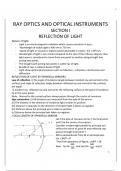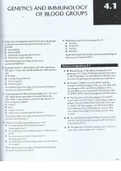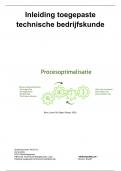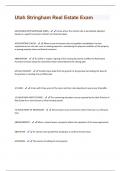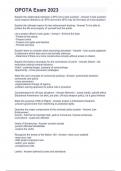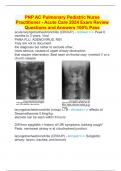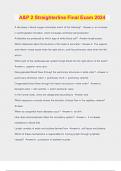Notizen
It is best for boards and competitive exam preparation. It is simple and easy and reader friendly.
- Kurs
- Hochschule
Ray optics full notes which will make ur doubts clear. It is easy and simple. It will best best for boards and competitive exams.
[ Mehr anzeigen ]
